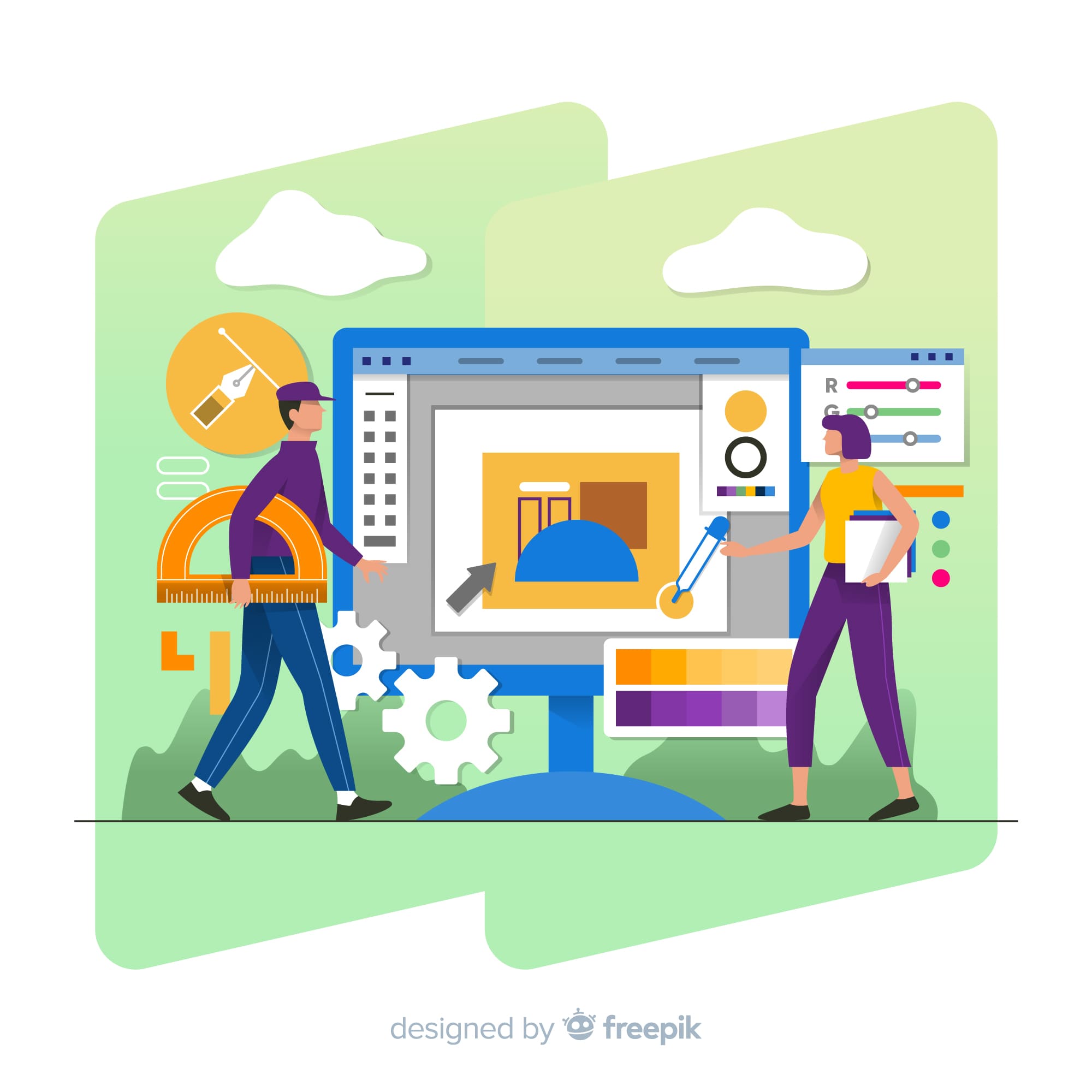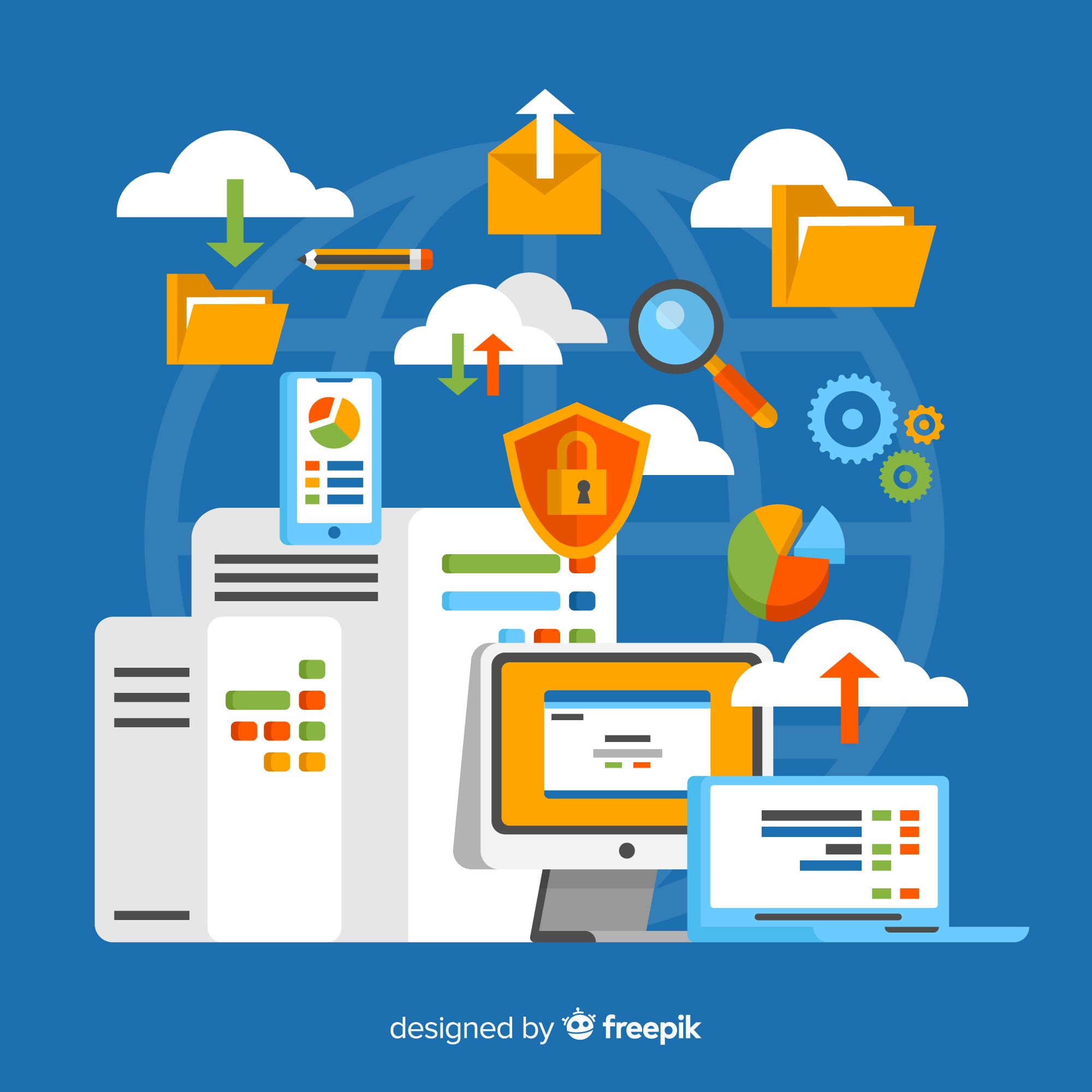Prototyping is the process of creating digital representations of physical objects, systems, and services to test and refine ideas. Prototyping can generate, test, and refine theories and hypotheses and is often used in the design process to explore and try different designs. Prototypes are used to test the feasibility of a concept more frequently, cheaply, and efficiently demonstrate an idea to stakeholders or customers or test users’ reactions to a concept.
A prototype is a rough copy of a product that allows you to test your ideas and show users the intent behind a feature or overall design concept before investing time and money in development.
Advantages Of Prototyping-
Do you want to enjoy the moment when your prototype astounded someone? It would help if you first considered the benefits and how to use them wisely.
1) It provides functionality and interactions – Static high-fidelity mockups and wireframes cannot convey animation. However, prototyping with interaction can do the job quite well.
2) Communicate with your boss, stockholders, and customers – Communication is essential; the more they understand your design, the more likely they will buy-in.
3) Detect errors sooner, saving time and money – Any mistakes made during the prototyping stage will cost you less than those discovered later in the development stage.
4) Improve internal collaboration among team members – It has a tremendous potential to improve efficiency.
5) Involve user feedback and assist with multiple testing – It is critical to iterate and update.
Disadvantages Of Prototyping-
1. Time-consuming: Creating a prototype model takes time. Multiple prototypes are tested before developing the final product, which takes a long time.
2. Misconception about the final product’s arrival: The customer has direct contact with the prototype early, causing a misunderstanding. The reason is that customers may believe that the actual product will also arrive early, which is not always the case.
3. Ineffective decision-making: The developer is always concerned with the quality of their product. However, to complete the prototype quickly, they may make poor decisions regarding the prototype’s quality, which may impact the final product.
4. Misunderstanding (of the final version): Customers may become irritated and frustrated with the prototype model and lose interest in the last version. Even if the final product is improved and refined, customers may believe that the final version will have the same flaws. Another significant issue is that the customer may enjoy a feature present in the prototype model’s early stages. However, one may remove the specific component later. In both cases, the customer is confused about the final version.
5. High initial investment: A prototype model saves money in the final stages of development. However, there are some upfront costs associated with developing a prototype model. Furthermore, the cost of developing a prototype may be completely wasted because the entire prototype may be discarded.
Prototyping in High and Low Fidelity
Must one use low fidelity prototyping or high-fidelity prototyping, and how closely a prototype should resemble the final version of your design. Both are nearly identical in terms of detecting usability issues (Walker et al. 2002), having several factors to consider as the best option for your project:
Low-Fidelity Prototypes: Are frequently made on paper and do not allow user interaction. They include everything from hand-drawn mockups to printouts. Low-fidelity sketches, in theory, take less time to create. Low-fidelity prototypes aid in the early visualization of alternative design solutions, stimulating innovation and improvement. An added advantage of this approach is that users may feel more comfortable suggesting changes when rough sketches are used. Example: Paper prototypes
High-Fidelity Prototypes: These are typically computer-based and allow for realistic (mouse-keyboard) user interactions. High-fidelity prototypes get you as close to a valid user interface representation possible. High-fidelity prototypes are far more effective at gathering accurate human performance data (for example, time to complete a task) and demonstrating actual products to clients, management, and others.
Example: Digital prototypes created on software such as Sketch/Adobe XD
Resource:
https://www.aplustopper.com/advantages-and-disadvantages-of-prototype-model/
https://www.uxmatters.com/mt/archives/2019/01/prototyping-user-experience.php
Disclaimer:
Wherever any material is quoted as sourced from the published text with publishing rights vested in an individual, it is stated that it is a pure quotation and has no intention to claim it as our own.
Image Source: www.freepik.com





